Cover Page
Title Page
Copyright Page
Dedication
Contents
Preface
Introduction
PART ONE The Context
Chapter 1 Who Are You?
The Influence of Time and Place
The Influence of Ideas
The Influence of Mass Culture
The “Science” of Manipulation
The Influence of Psychology
Becoming an Individual
Chapter 2 What Is Critical Thinking?
Mind, Brain, or Both?
Critical Thinking Defined
Characteristics of Critical Thinkers
The Role of Intuition
Basic Activities in Critical Thinking
Critical Thinking and Writing
Critical Thinking and Discussion
Avoiding Plagiarism
Chapter 3 What Is Truth?
Where Does It All Begin?
Imperfect Perception
Imperfect Memory
Deficient Information
Even the Wisest Can Err
Truth Is Discovered, Not Created
Understanding Cause and Effect
Chapter 4 What Does It Mean to Know?
Requirements of Knowing
Testing Your Own Knowledge
How We Come to Know
Why Knowing Is Difficult
A Cautionary Tale
Is Faith a Form of Knowledge?
Obstacles to Knowledge
Chapter 5 How Good Are Your Opinions?
Opinions Can Be Mistaken
Opinions on Moral Issues
Even Experts Can Be Wrong
Kinds of Errors
Informed Versus Uninformed Opinion
Forming Opinions Responsibly
Chapter 6 What Is Evidence?
Kinds of Evidence
Evaluating Evidence
What Constitutes Sufficient Evidence?
Chapter 7 What Is Argument?
The Parts of an Argument
Evaluating Arguments
More Difficult Arguments
PART TWO The Pitfalls
Chapter 8 The Basic Problem: “Mine Is Better”
Egocentric People
Ethnocentric People
Controlling “Mine-Is-Better” Thinking
Chapter 9 Errors of Perspective
Poverty of Aspect
Unwarranted Assumptions
The Either/Or Outlook
Mindless Conformity
Absolutism
Relativism
Bias for or Against Change
Chapter 10 Errors of Procedure
Biased Consideration of Evidence
Double Standard
Hasty Conclusion
Overgeneralization and Stereotyping
Oversimplification
The Post Hoc Fallacy
Chapter 11 Errors of Expression
Contradiction
Arguing in a Circle
Meaningless Statement
Mistaken Authority
False Analogy
Irrational Appeal
Chapter 12 Errors of Reaction
Automatic Rejection
Changing the Subject
Shifting the Burden of Proof
Straw Man
Attacking the Critic
Chapter 13 The Errors in Combination
Errors of Perspective
Errors of Procedure
Errors of Expression
Errors of Reaction
Sample Combinations of Errors
A Sensible View of Terminology
PART THREE A Strategy
Chapter 14 Knowing Yourself
Critical Thinking Inventory
Using Your Inventory
Challenge and Reward
Chapter 15 Being Observant
Observing People
Observation in Science and Medicine
The Range of Application
Becoming More Observant
Reflecting on Your Observations
Chapter 16 Selecting an Issue
The Basic Rule: Less Is More
How to Limit an Issue
Sample Issue: Pornography
Sample Issue: Boxing
Sample Issue: Juvenile Crime
Narrowing the Issue Further
Chapter 17 Conducting Inquiry
Working with Inconclusive Results
Where to Look for Information
Keeping Focused
How Much Inquiry Is Enough?
Managing Lengthy Material
Chapter 18 Forming a Judgment
Evaluating Evidence
Evaluating Your Sources’ Arguments
Making Important Distinctions
Expressing Judgments
Chapter 19 Persuading Others
Guidelines for Persuasion
An Unpersuasive Presentation
A Persuasive Presentation
Notes
Index

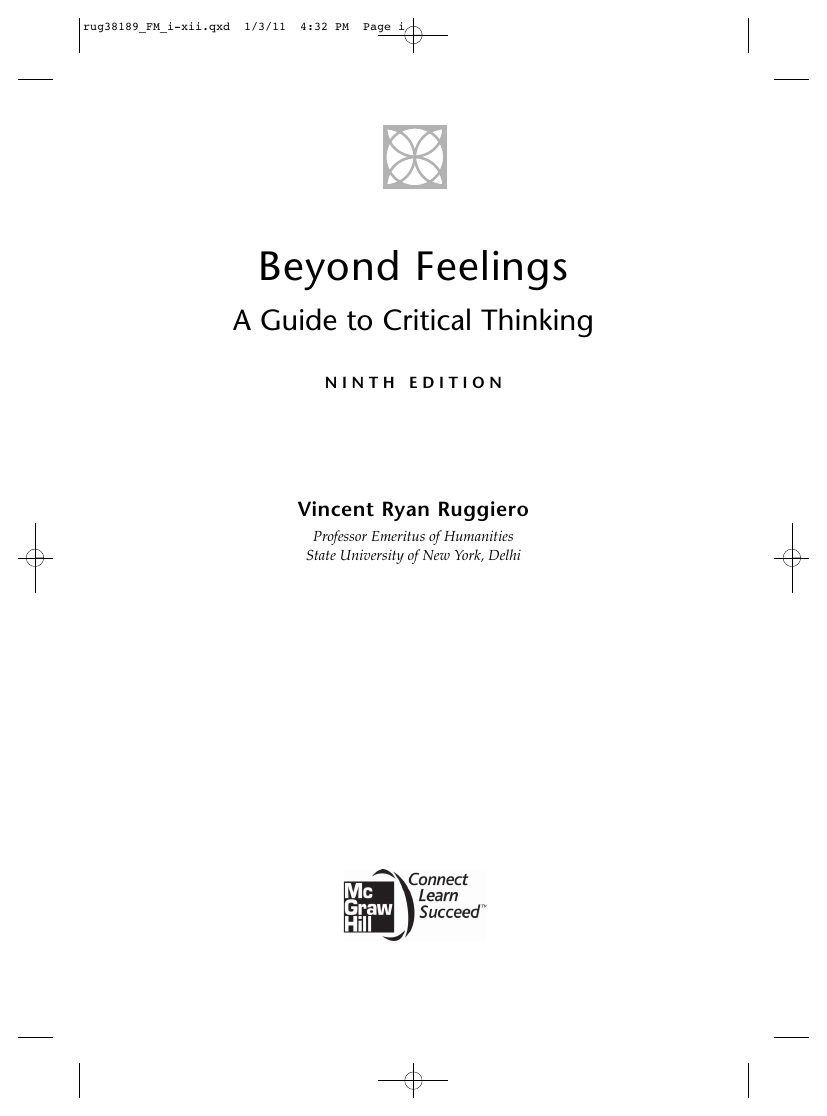
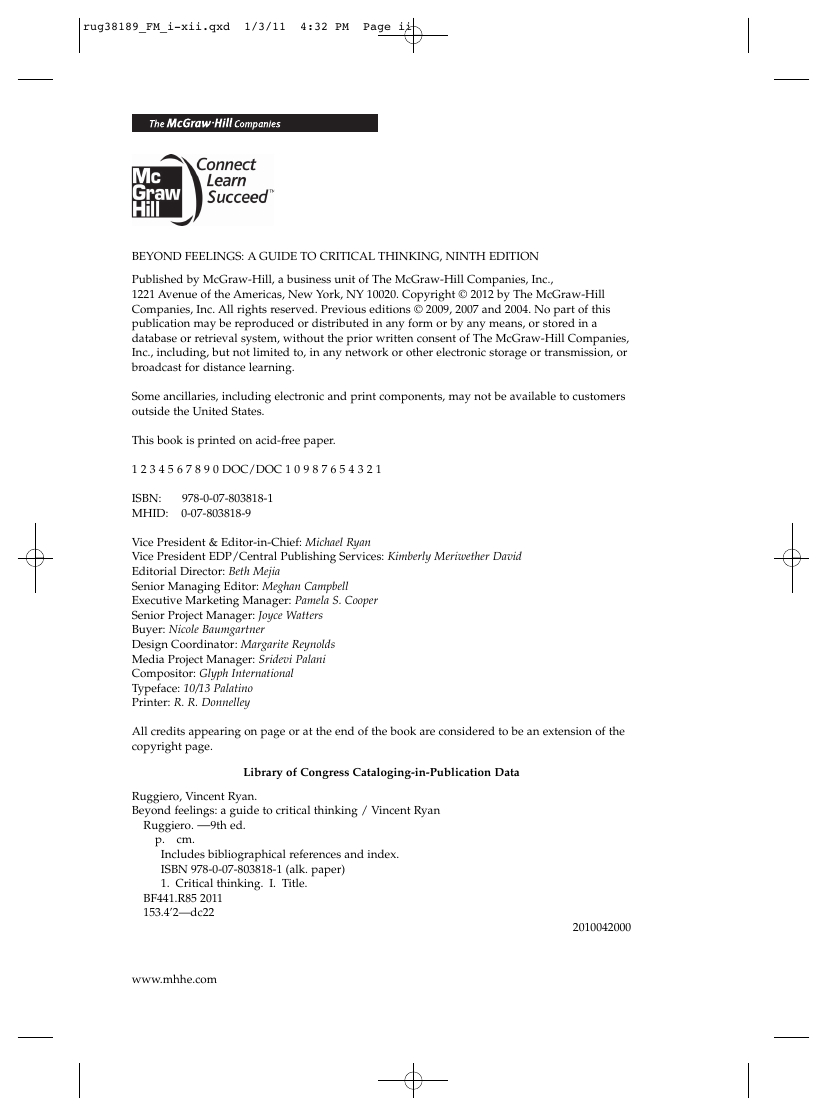
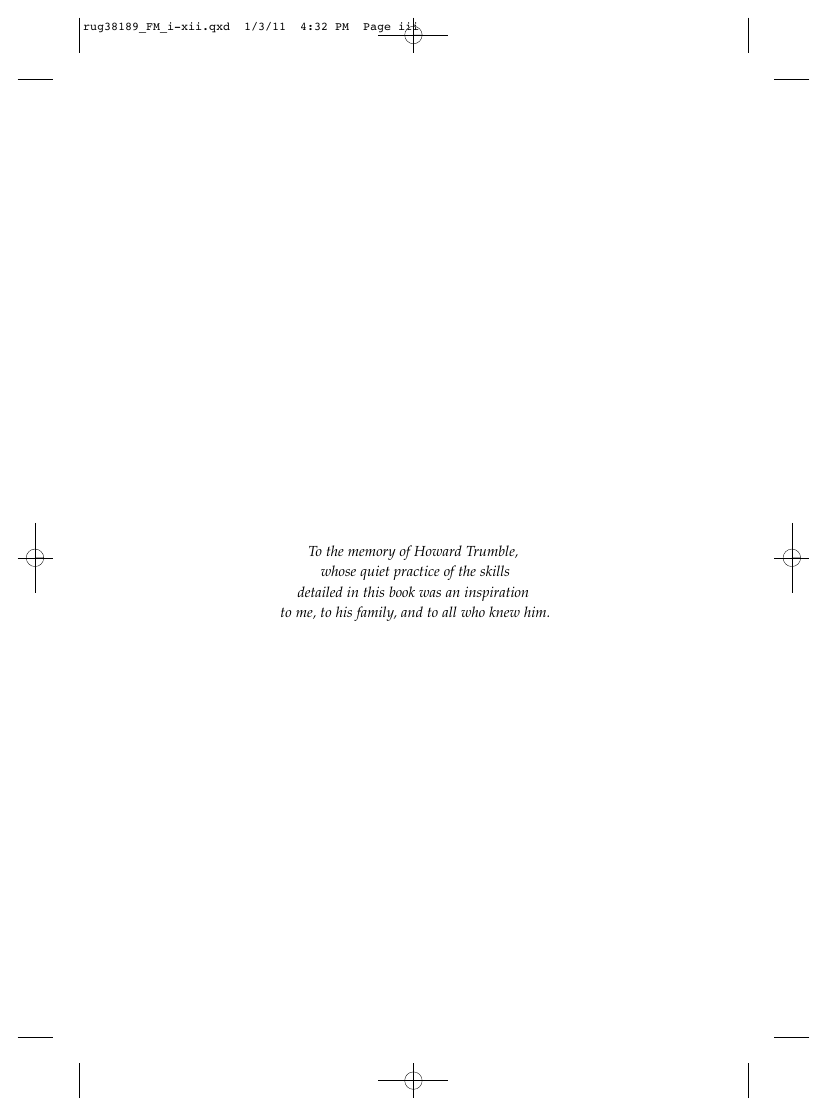
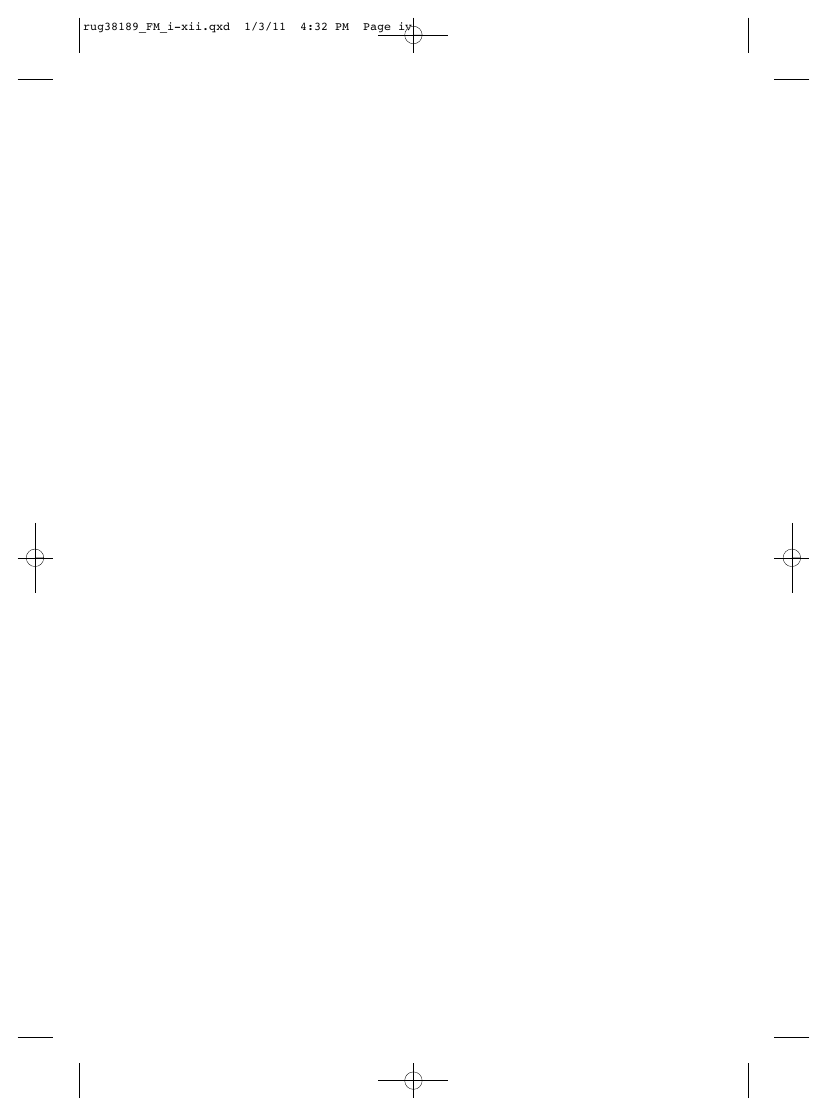
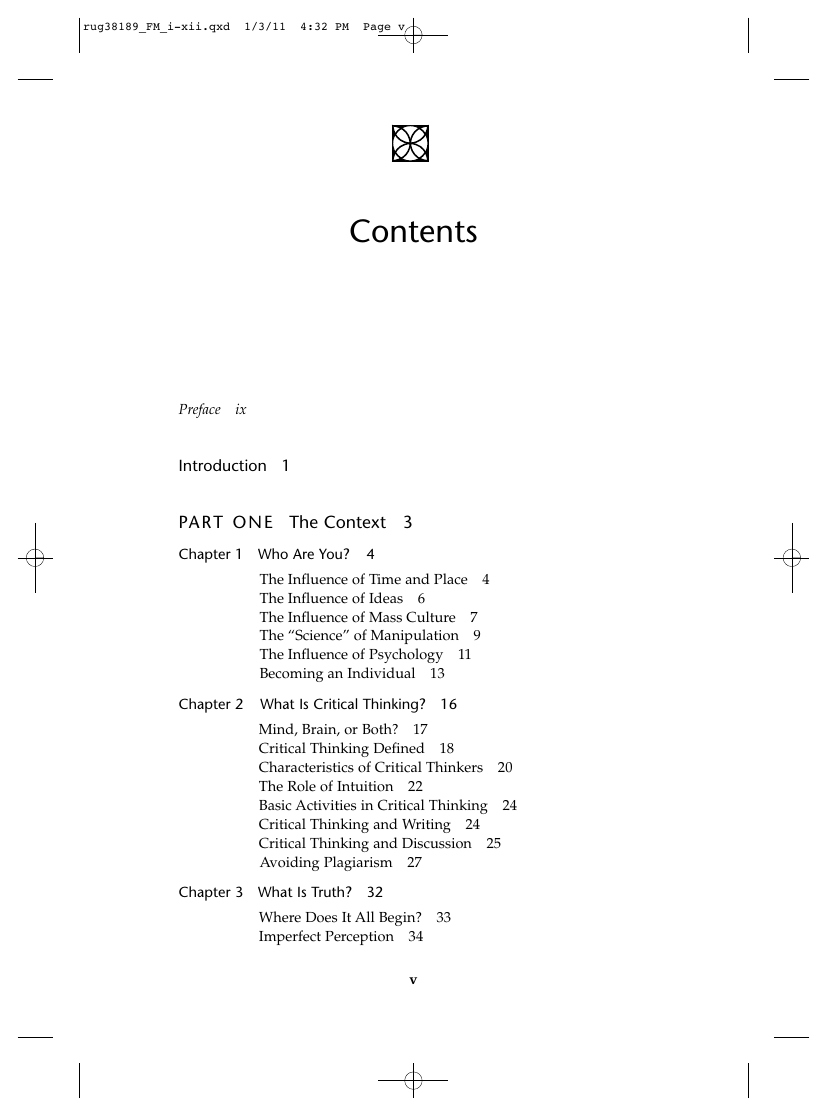

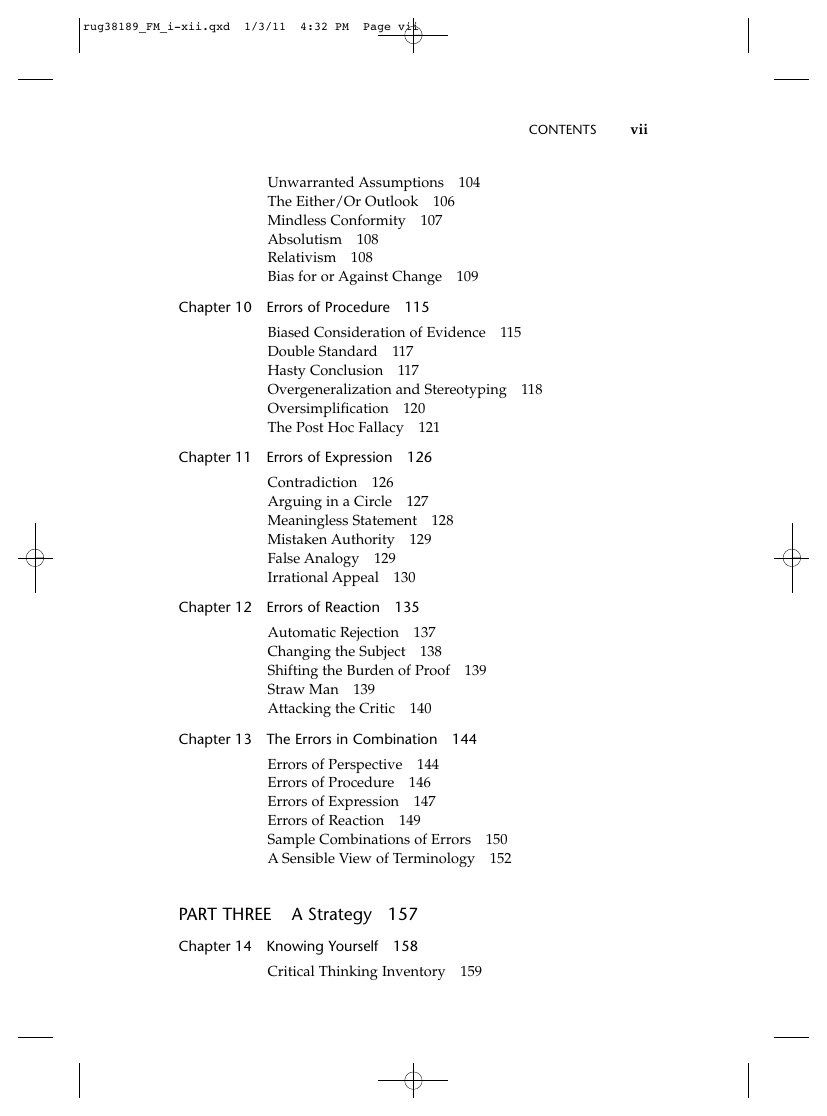








 2023年江西萍乡中考道德与法治真题及答案.doc
2023年江西萍乡中考道德与法治真题及答案.doc 2012年重庆南川中考生物真题及答案.doc
2012年重庆南川中考生物真题及答案.doc 2013年江西师范大学地理学综合及文艺理论基础考研真题.doc
2013年江西师范大学地理学综合及文艺理论基础考研真题.doc 2020年四川甘孜小升初语文真题及答案I卷.doc
2020年四川甘孜小升初语文真题及答案I卷.doc 2020年注册岩土工程师专业基础考试真题及答案.doc
2020年注册岩土工程师专业基础考试真题及答案.doc 2023-2024学年福建省厦门市九年级上学期数学月考试题及答案.doc
2023-2024学年福建省厦门市九年级上学期数学月考试题及答案.doc 2021-2022学年辽宁省沈阳市大东区九年级上学期语文期末试题及答案.doc
2021-2022学年辽宁省沈阳市大东区九年级上学期语文期末试题及答案.doc 2022-2023学年北京东城区初三第一学期物理期末试卷及答案.doc
2022-2023学年北京东城区初三第一学期物理期末试卷及答案.doc 2018上半年江西教师资格初中地理学科知识与教学能力真题及答案.doc
2018上半年江西教师资格初中地理学科知识与教学能力真题及答案.doc 2012年河北国家公务员申论考试真题及答案-省级.doc
2012年河北国家公务员申论考试真题及答案-省级.doc 2020-2021学年江苏省扬州市江都区邵樊片九年级上学期数学第一次质量检测试题及答案.doc
2020-2021学年江苏省扬州市江都区邵樊片九年级上学期数学第一次质量检测试题及答案.doc 2022下半年黑龙江教师资格证中学综合素质真题及答案.doc
2022下半年黑龙江教师资格证中学综合素质真题及答案.doc